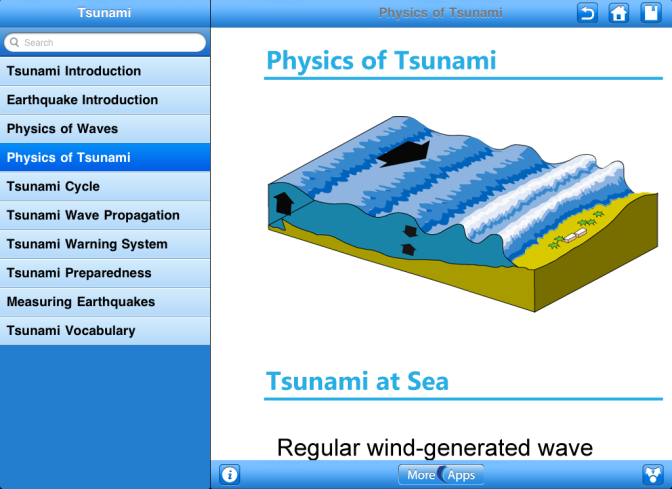Great apps for the teaching of geography
The number of apps for iPad and iPhone just keep on growing! Further to the Spatialworlds posting called 'An app opportunity for the geography classroom', I thought these apps sourced by were worth categorising and posting. Hours of fun with these at the personal level and for classroom application - something to play with over the Xmas holidays!!
1. Development geography/demography
2. Hazards geography
5. Climatology





















































